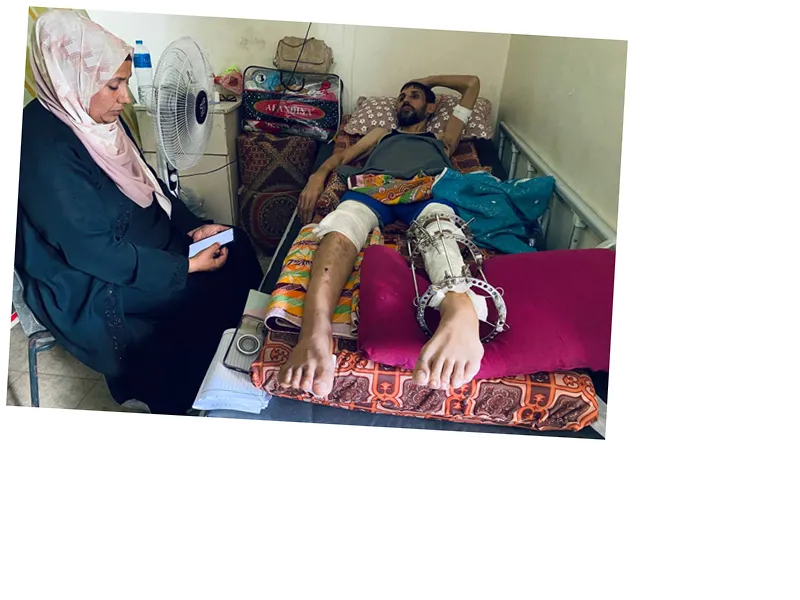The humanitarian crisis in southern Gaza is a direct result of prolonged restrictions on aid and essential goods, highlighting the impact of political conflicts on civilian populations.
The dramatic increase in food prices indicates a collapse of local markets, which has historically relied on a steady flow of goods to meet the needs of the population.
If the current restrictions on aid continue, the humanitarian situation in Gaza may lead to increased mortality rates due to malnutrition and lack of medical supplies.
The ongoing famine could prompt international calls for intervention and potential changes in policy regarding aid distribution to the region.
In the southern Gaza Strip, a severe flour shortage has exacerbated an ongoing famine, affecting nearly two million residents and displaced individuals. The crisis has forced families to rely on poor-quality flour and has led to skyrocketing prices for basic food items, including bread, vegetables, and sugar. Many families, like that of Zeinat Al-Namrouti, are struggling to meet their basic needs, with some resorting to selling personal belongings to afford food. The humanitarian situation has worsened due to Israeli restrictions on the entry of aid and commercial goods, leading to the closure of bakeries and charitable institutions that provide essential support to the hungry.
The price of flour has surged to over $200 per bag, compared to just $3 in September, while the cost of basic items like sugar has increased dramatically. The United Nations Relief and Works Agency (UNRWA) reports that only a fraction of the necessary aid has entered Gaza since September, with estimates suggesting individuals are receiving less than one loaf of bread per day. The director of the Palestinian NGO Network warns that famine is spreading dangerously in the region, and without immediate intervention, the situation is expected to worsen.





